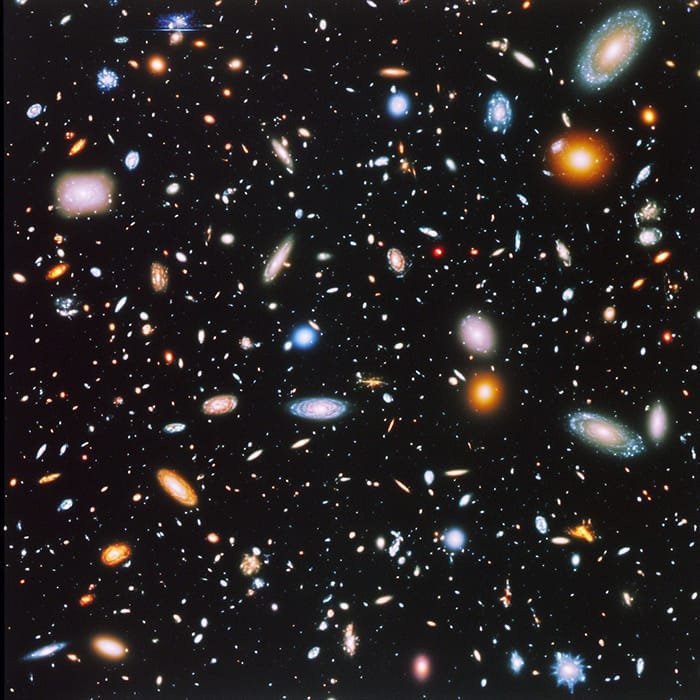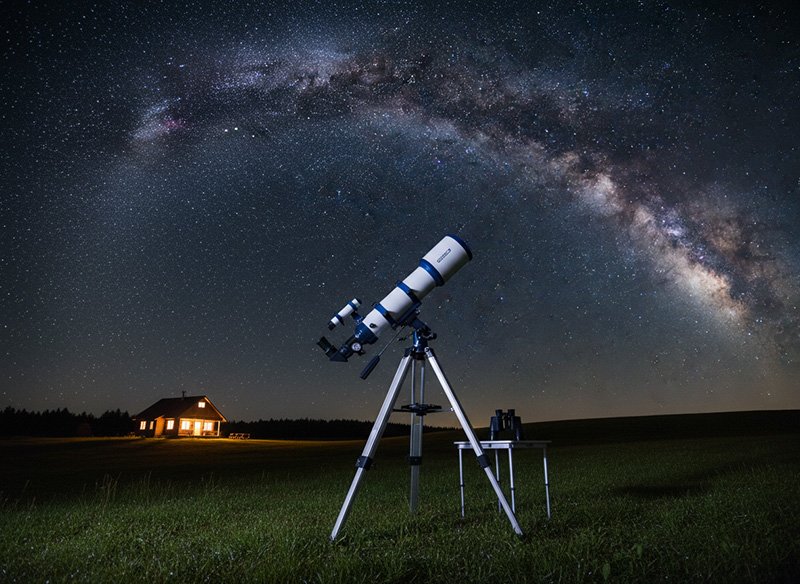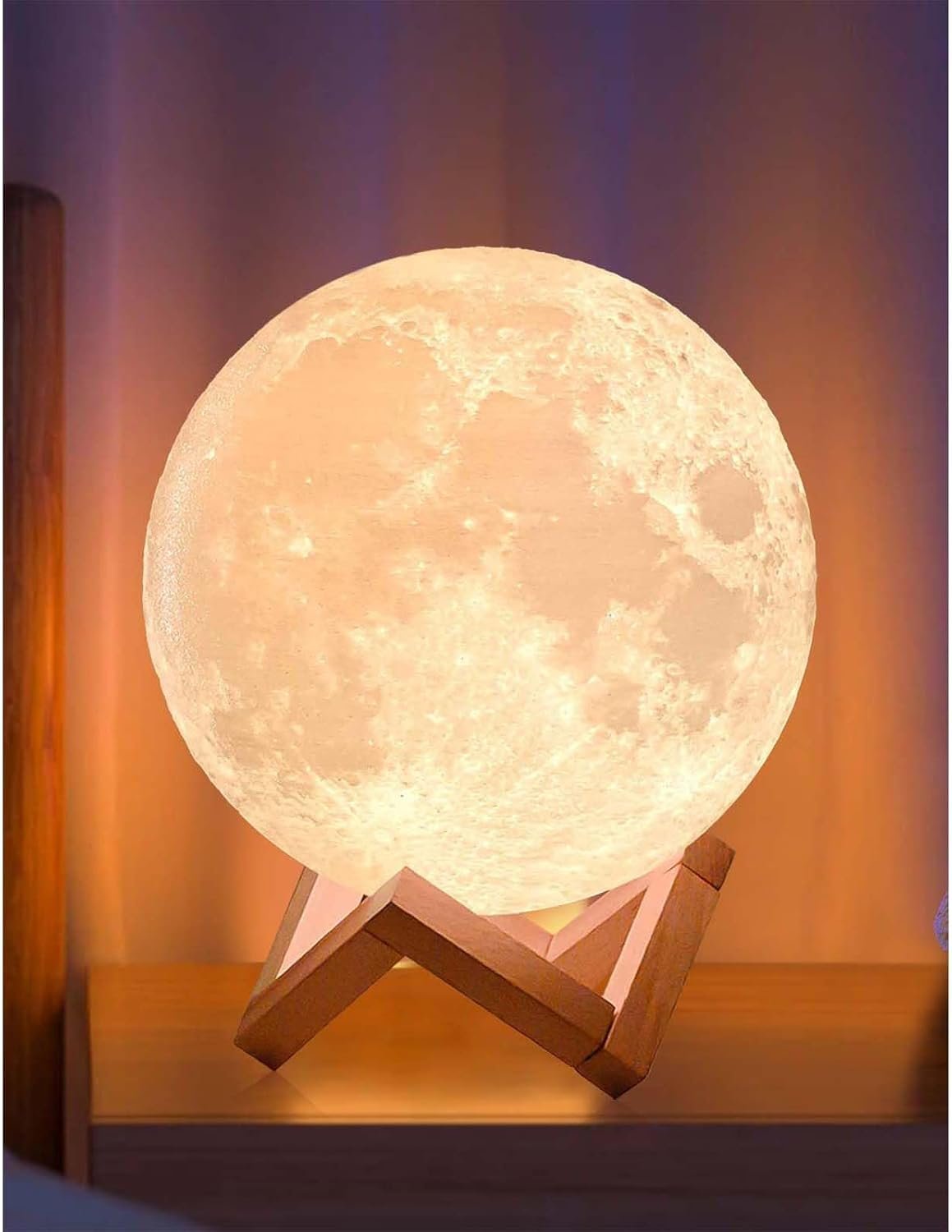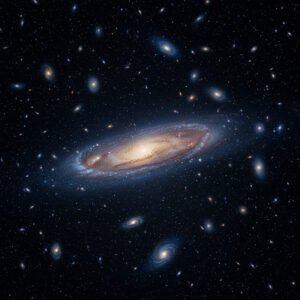Life’s origins may stem from space, with building blocks like amino acids delivered by comets. Discoveries reveal our Earth from space.
Key Takeaways 📝
- Life’s building blocks, including essential organic compounds, may have arrived on Earth through comets and asteroids, suggesting our origins are tied to the cosmos.
- Recent data indicates that meteorites often contain complex organic molecules, hinting at the potential for life to have extraterrestrial roots.
- The idea that life might be common in the universe challenges traditional views and prompts a reevaluation of where we search for extraterrestrial life.
- Understanding our cosmic origins not only enriches our knowledge of life’s beginnings but also offers insights into resilience and adaptation in the face of climate change.
- This exploration connects us with the universe, emphasizing the fragility and interconnectedness of life on Earth as we gaze at our planet from space.
Introduction to Earth From Space
Have you ever gazed up at the night sky and wondered what secrets the universe holds? The cosmos is a vast, mysterious expanse, and among its countless mysteries lies the origins of life itself. Recent studies suggest that the building blocks of life might have hitchhiked to our planet from the cosmos. This theory opens up a fascinating perspective on how life on Earth, from the bustling cities to the tranquil wilderness, might have been seeded by the stars. As we peer at our Earth from space, the very essence of our existence might have been a cosmic gift.
What is the Study About?
The Cosmic Connection: A Brief Overview
In recent years, scientists have been exploring the idea that life’s building blocks, such as amino acids and other organic compounds, might have originated in space. This intriguing possibility suggests that comets, asteroids, and meteorites could have been the carriers of these essential ingredients to Earth.
Who Are the Key Players?
Researchers from various institutions around the world have contributed to this study. Their collaborative efforts have combined advanced technology with age-old questions about our origins. These scientists are like cosmic detectives, piecing together clues from the far reaches of space to understand how life began on our planet.

When Did This Journey Begin?
A Timeline of Discoveries
The idea that life on Earth might have extraterrestrial origins isn’t new. It dates back to the panspermia hypothesis, which suggests that life exists throughout the universe, distributed by space dust, meteoroids, asteroids, comets, and planetoids. However, with advancements in technology and space exploration, we’ve been able to gather more compelling evidence in recent decades.
The Role of Modern Technology
With the help of sophisticated telescopes and space missions, scientists have been able to analyze the composition of comets and asteroids, discovering that they contain many of the organic compounds necessary for life. Missions such as Rosetta and OSIRIS-REx have been pivotal in providing data that supports these findings.
Where Did These Ingredients Come From?
The Cosmic Kitchen: Origin Points
Our solar system is a bustling kitchen, full of ingredients that might have contributed to life on Earth. Comets and asteroids, often referred to as the building blocks of planets, orbit in the asteroid belt between Mars and Jupiter and in the Kuiper Belt beyond Neptune. These celestial bodies are thought to be remnants from the early solar system, preserving the conditions and materials from that time.
Meteorites: Delivery Trucks from Space
Meteorites that crash-land on Earth offer a tangible piece of the puzzle. Upon analysis, they often reveal complex organic molecules, sparking the imagination about the early Earth’s exposure to these compounds and how they might have influenced the development of life.
Why is This Important?
Understanding Our Origins
Understanding where we come from is one of humanity’s oldest quests. Each discovery about the origins of life brings us closer to answering fundamental questions about our existence and our place in the universe. If life on Earth was seeded by the stars, it expands our understanding of life beyond our planet, suggesting that life could be more common in the universe than previously thought.
Implications for Life After Warming
As we consider the future of our planet, particularly in the context of climate change and “Life After Warming,” understanding how life began and adapted can provide valuable insights. It reminds us of the resilience and adaptability of life, offering hope for our planet’s future even in the face of environmental challenges.

How Do Scientists Study This Phenomenon?
Space Missions: Collecting Data from Afar
Missions like Rosetta, which orbited and studied the comet 67P/Churyumov-Gerasimenko, and OSIRIS-REx, which is returning samples from the asteroid Bennu, are crucial. These missions allow scientists to gather and analyze data directly from space, providing insights into the composition of these celestial bodies.
Laboratory Analysis: Decoding Cosmic Messages
Back on Earth, laboratories equipped with advanced technology analyze meteorite samples, searching for organic compounds. Techniques such as mass spectrometry and gas chromatography allow scientists to identify even the smallest traces of these molecules, piecing together the story of life’s potential cosmic origins.
The Bigger Picture: Our Earth From Space
A Unique Perspective
When we look at our Earth from space, we see a vibrant, living planet teeming with diversity and complexity. This view not only highlights the beauty of our world but also underscores the fragility and interconnectedness of life. Understanding that our origins may be cosmic in nature adds another layer to this perspective, connecting us to the universe in profound ways.
The Search for Extraterrestrial Life
If life on Earth was seeded by space-faring organic compounds, it raises exciting possibilities about life elsewhere. Planets and moons within our solar system, such as Mars and Europa, are prime targets in the search for life, and understanding our own origins might guide these explorations.
Conclusion to the Origins of Life
The journey to understand life’s origins, much like a detective unraveling a mystery, is filled with twists, turns, and revelations. The idea that the building blocks of life might have journeyed from space to seed our planet is not just a scientific hypothesis but a narrative that connects us to the cosmos. As we continue to explore and learn, each discovery not only shapes our understanding of the past but also illuminates the potential for life beyond Earth. By viewing our Earth from space, we gain a unique vantage point – one that shows us not just a planet, but a world of possibilities.
FAQs to the Origins of Life
What are the building blocks of life mentioned in the study?
The building blocks of life often refer to amino acids and organic compounds essential for biological processes.
How do scientists gather data from space?
Scientists use space missions like Rosetta and OSIRIS-REx to collect data from comets and asteroids, analyzing the materials they bring back to Earth.
What is panspermia, and how does it relate to this study?
Panspermia is the hypothesis that life exists throughout the universe and is spread by celestial bodies. This study supports the idea that life’s ingredients may have originated from space.
Why is understanding the origins of life important?
Understanding our origins helps us comprehend our place in the universe and informs the search for extraterrestrial life.
Can studying meteorites really reveal life’s origins?
Yes, meteorites contain organic compounds that can provide clues about the materials present in the early solar system, offering insights into how life may have started.
























